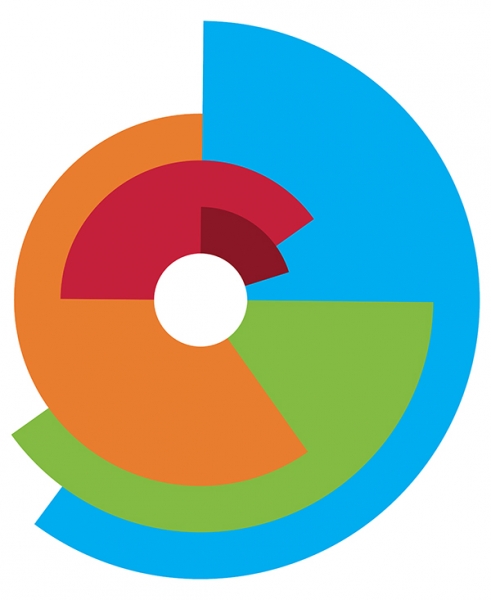Since SmallBox has been introducing nonprofits to a creative problem-solving methodology called Design Thinking, we often find that people think the creative framework is intimidating. But as we work with people and they learn about the Design Thinking process, they want to apply it to all their problems.
 We are here to tell you it’s okay to be intimidated, and it’s okay to be excited. What you need to know is that Design Thinking shouldn’t be studied and put on the shelf, it requires that you take action and apply it. Even if it’s using one simple tool that you think can get to better insights for your team or outcomes for those you serve. We say commit to Design Doing (not just thinking)!
We are here to tell you it’s okay to be intimidated, and it’s okay to be excited. What you need to know is that Design Thinking shouldn’t be studied and put on the shelf, it requires that you take action and apply it. Even if it’s using one simple tool that you think can get to better insights for your team or outcomes for those you serve. We say commit to Design Doing (not just thinking)!
Let’s put the theory into practice and show you how you can apply a design thinking method to an ongoing nonprofit challenge: new board member on-boarding [aka orientation].
Tool: Journey mapping
In this exercise, the bigger your map, the better. Map the current new board member on-boarding process in a linear fashion on a big piece of butcher paper or a large white board. Flatten the process by mapping it in an order that makes sense, chronological typically works well. This means you need to create a beginning and an end of the on-boarding process.
As you are gathering insights about the current process in this exercise, it’s worth including as many informed stakeholders as possible. This may include new and former board members, staff, and anyone who has prepped, planned or experienced the current on-boarding process. What’s key to remember is that you are working to improve the process for the new board member, not for your nonprofit. Always keep the board member’s experience as the focus of your work.
Use colored Post-It notes to capture steps of the process and apply to the journey map. Post-Its create a visual aspect to the work that accesses the right brain, and allows you to change or add elements to the order of the process when needed. When completed you will have a visual diagram of all the touch points your new board members have during on-boarding.

Once you have mapped the current process, determine which parts of it delight new board members and which parts need improvement or confuse new board members. Ideally, you will ask board members who went through the process what their experience was. Where did they experience high points and low points? Highs and lows in the journey map can be identified using plus and minus symbols or any other creative way your team comes up with.
Once you have assembled all of your touch points and on-boarding highs and lows, you can start to assemble a list of what to capitalize on and what to improve.
Tool: oil change
This tool can be used in various settings, and we suggest applying it to the items on your journey map. This is a simple and quick tool aimed at creating efficient and participatory conversations about what people see in the journey map. It involves a group leader or facilitator asking a series of questions. Here are the ones we like to use:
- Based on what you see on the journey map, what’s working?
- Based on what you see on the journey map, what’s not working?
- What’s missing from our board on-boarding journey?
- What else?
The last two are purposely open-ended to encourage team members to bring new ideas forward to the group. We find that often when people start looking at on-boarding (or any journey) differently, it ignites creative ideas that deserve to be captured.
Once you have these questions answered, you can choose any number of voting methods to prioritize your areas of action and focus.
As Design Thinking gains more attention, we will continue to share our process so you can apply it with to the work you lead.
This article originally published on September 12, 2017, Charitable Advisors weekly newsletter.
Jenny Banner has been practicing amateur psychology since middle school. This interest in what makes people tick, led Jenny to careers sales, HR, and consulting as well as a graduate education in I/O Psychology (the psychology of the workplace). In her 15+ years of HR and consulting experience, Banner has worked with companies from Fortune 500 to start-ups, and observed similarities. As a consultant and coach her focus has been on leadership development, career transition, and training. She joined Smallbox as director of strategic initiatives and is applying her unique skill set to help organizations align their internal and external brand perceptions, and is working to refine educational offerings around problem solving using Design Thinking.